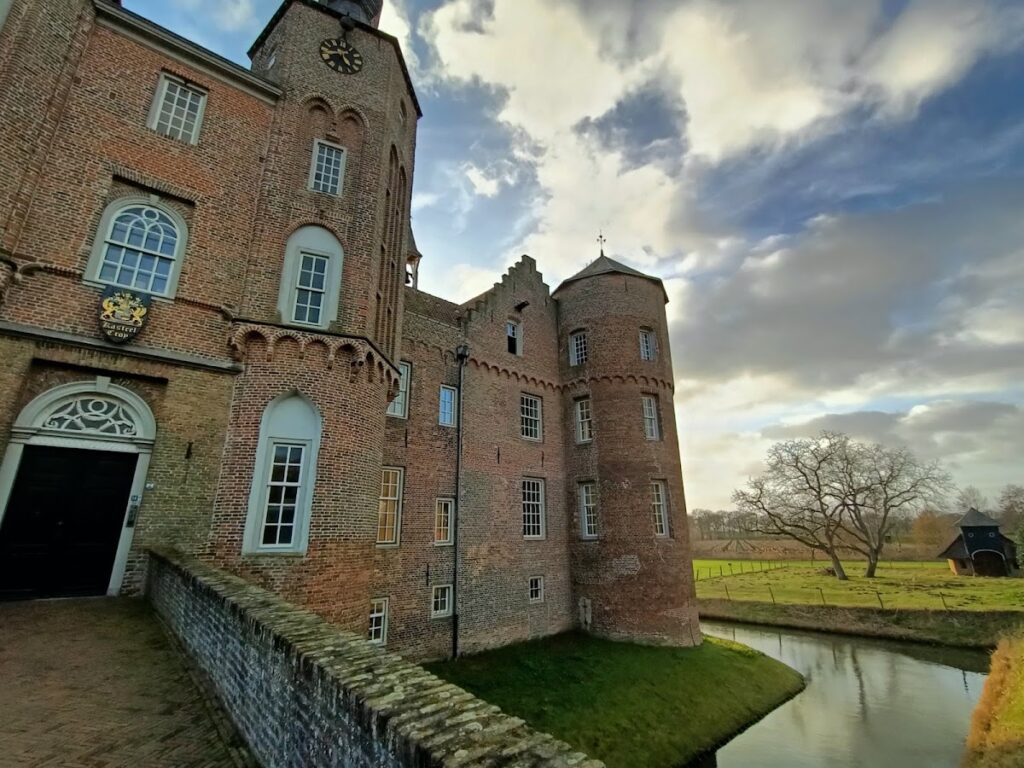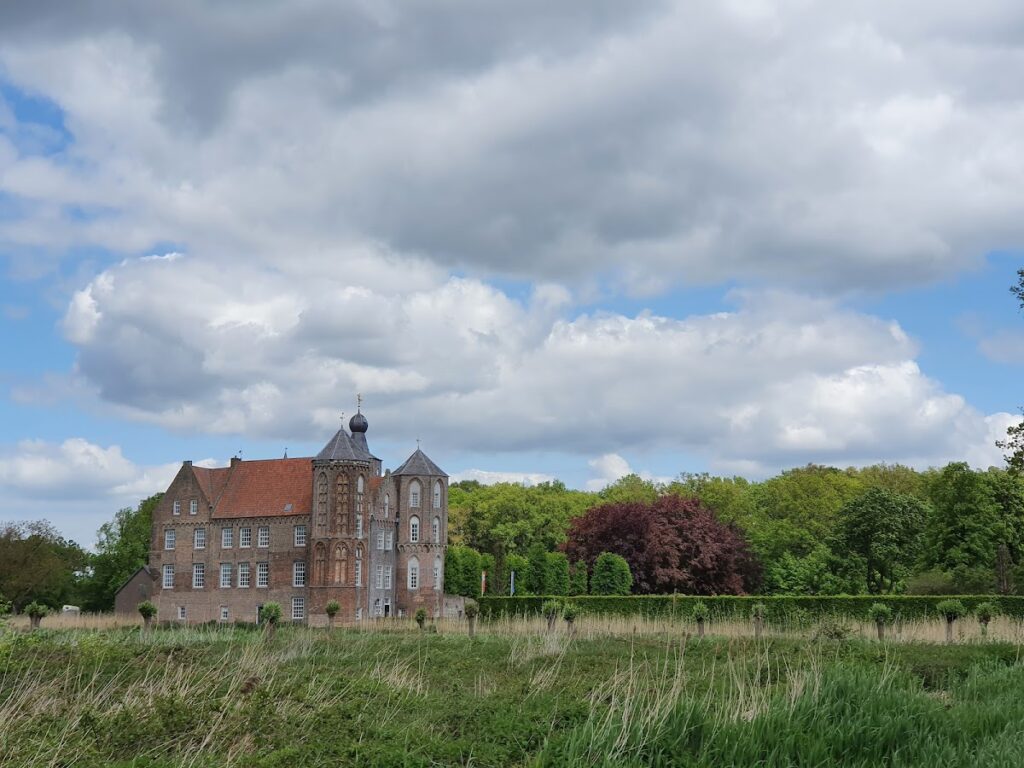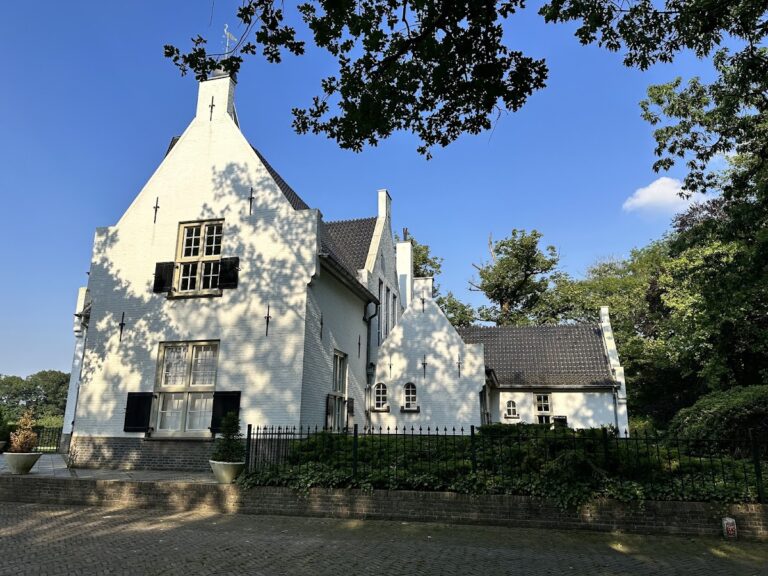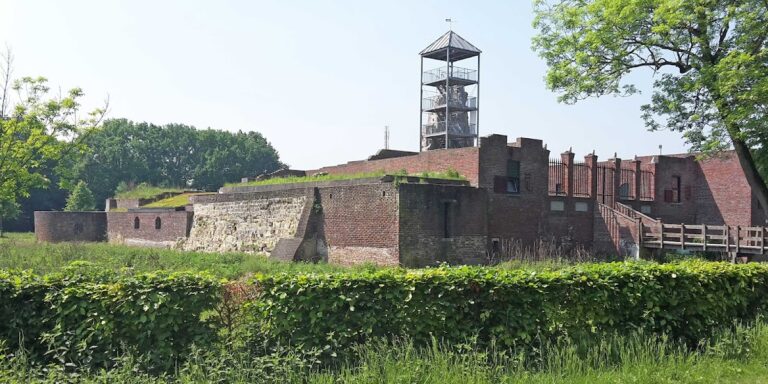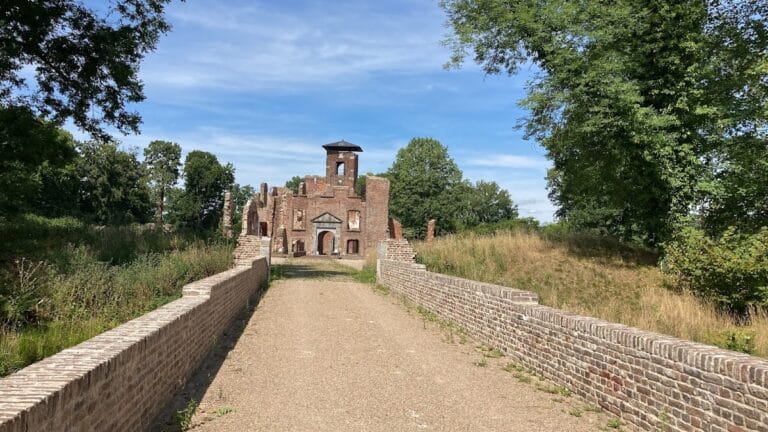Croy Castle: A Historic Medieval Castle in the Netherlands
Visitor Information
Google Rating: 4.3
Popularity: Low
Google Maps: View on Google Maps
Official Website: www.kasteelcroy.nl
Country: Netherlands
Civilization: Unclassified
Remains: Military
History
Croy Castle is located in the municipality of Laarbeek in the Netherlands. Constructed by medieval European nobility, the castle’s origins date back to the mid-15th century.
The earliest recorded ownership of the estate is from 1472, when Rutger van Erp held the property. A few years later, in 1477, the castle was sold to Jacob van Croÿ, a distinguished figure associated with the Burgundian court and the bishopric of Cambrai. His possession of the castle lasted for 17 years, ending in 1494, when Cornelis I van Bergen acquired the estate. It is believed Cornelis I van Bergen finalized the castle’s main structure and added a significant gatehouse near the location of what is now the French farm.
Throughout the following centuries, multiple noble families resided at the castle. From 1772 onward, the Van der Brugghen family became its last aristocratic occupants. Jan Anthonie van der Brugghen took ownership in 1772, later succeeded by his half-brother Johan Karel Gideon van der Brugghen in 1778. Johan Karel Gideon was noted for advancing agricultural practices on the estate, including the innovative use of irrigation drawing water from the nearby Zuid-Willemsvaart canal.
The estate’s history is also marked by military ties; Johan Karel Gideon’s son, George Tammo van der Brugghen, participated in the Napoleonic Wars before dying at the castle in 1864. The final resident, Lady Constance van der Brugghen, passed away in 1873. She left the castle to the local municipality of Stiphout under the condition it serve as a residence for elderly impoverished people, with management entrusted to community religious and civic institutions.
Residential use of the castle ended in 1977 due to evolving fire safety laws. In 1990, the interior underwent restoration to accommodate office functions. More recently, extensive maintenance was carried out in 2024, during which the castle was closed to the public.
In addition to its role as a noble residence, Croy Castle had a long-standing association with brewing. Brewing on the property began around 1795. Although production moved to Belgium in 2004, local cultivation of brewing ingredients continued. Following a fire in 2006, a microbrewery was reestablished near the castle. The estate has also maintained a herd of Rambouillet-Merino sheep, reflecting ongoing agricultural activity connected to its historical owners.
Remains
Croy Castle maintains much of its original medieval layout, with dimensions that have remained consistent since its initial construction in the 15th century. The building is primarily constructed from sturdy masonry typical of medieval fortifications.
Certain parts of the castle, including the cellar, the right wing, and a round tower, are believed to be remnants from the earliest phase of construction in the mid-1400s. These elements offer insight into the castle’s foundational structure and defensive design.
One notable addition, the gatehouse, was built by Cornelis I van Bergen near the castle’s moat. This gatehouse stands close to the current French farm on the estate, marking an important point of access historically linked to the castle’s security and presentation.
Architectural features attributed to the 18th century include the main entrance and the stepped gables—known as crow-stepped gables—which add distinctive character to the castle’s silhouette. These modifications reflect the changes made by later owners that adapted the medieval fortress into a more refined residence.
Today, the castle’s exterior and interior are well preserved, a result of thorough restoration undertaken in 1990 and additional maintenance work completed in 2024. The site lies in proximity to the Zuid-Willemsvaart canal, which historically provided a water source for irrigating the surrounding meadows, a practice linked to the agricultural improvements initiated by the Van der Brugghen family.


